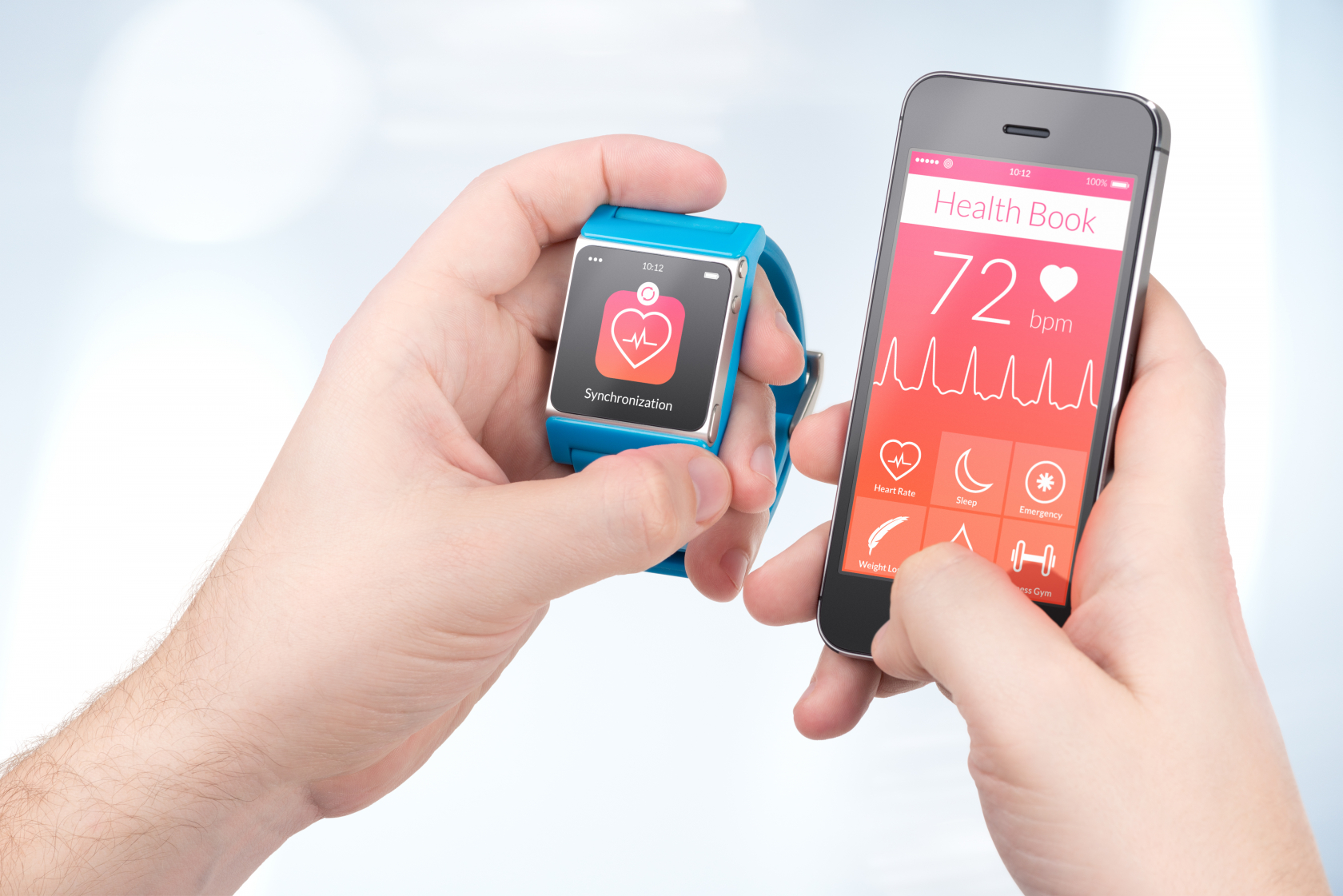Understanding one's true role and purpose is one of life's greatest challenges. But it's not supposed to be that way for devices. If they are to be successful, tech gadgets need to have a clear purpose, function, and set of capabilities that people can easily understand and appreciate. If not, well...there is a large and growing bin of technological castoffs.
Part of the reason that the wearable market hasn't lived up to its early expectations is directly related to this existential crisis. Even now, several years after their debut, it's still hard for most people to figure out exactly what these devices are, and for which uses they're best suited.
Of course, wearables are far from a true failure. The Apple Watch, for example, has fared reasonably well. In fact, revenues from the Apple Watch turned the tech juggernaut into one of the top two highest grossing watchmakers in the world---though I'm starting to think that says a lot more about the watch industry than it necessarily does about smartwatches or wearables in general.
The problem is that we were led to believe that wearables---particularly smartwatches like the Apple Watch---were going to be general purpose computing and communication devices capable of all kinds of different applications. Clearly, that has not happened, though some seem to hold out hope that the possibility still exists.
Those hopes were particularly strong over the last few days with rumors about both a potential LTE modem-equipped version of the Apple Watch coming this fall and a potential deal between Apple and CIGNA to provide Apple Watches to their health insurance customers. Some have even argued that an LTE-equipped Apple Watch is a game-changer that can bring dramatic new life to the smartwatch and overall wearable industry.
The argument essentially is that by finally freeing a smartwatch from the tyranny of its smartphone connection, the smartwatch can evolve into the general-purpose tool it was always intended to be. Applications that depend on a network connection can run on their own, duplicative efforts on the watch and the phone can be eliminated, and who knows, maybe we can finally get the Dick Tracy videophone watch we've always dreamt of.
Part of the reason that the wearable market hasn't lived up to its early expectations is directly related to this existential crisis. Even now, several years after their debut, it's still hard for most people to figure out exactly what these devices are, and for which uses they're best suited.
Color me skeptical. Sure, it would be nice to be able to, say, use Spotify or other streaming apps to get dynamic playlists as you exercise, or get texts and other phone-related notifications while you're away from your phone. Industry-changing and market moving, however, it is not---especially when you factor in the additional costs for both the modem and the service plan you're going to have to sign up for as well.
Plus, let's not forget that several vendors (notably Samsung and LG) have already released modem-equipped smartwatches, and they haven't exactly stormed up the device sales charts. This is due, in part, to the same basic physics challenge that Apple will also have to face: add a modem to a device and it will reduce battery life. Given that many people are frustrated with the battery life on their existing smartwatches, having to dramatically (or even minimally) increase the size of the device in order to accommodate a larger battery, seems like a strong challenge---even for the device wizards at Apple.
The potential of crafting a more healthcare friendly smartwatch, on the other hand, seems much more appealing to me and the alleged tie-up with CIGNA could be a very interesting move. Apple was rumored to have some very sophisticated sensors in the works when the Apple Watch was first announced---such as a non-invasive blood glucose monitoring component, and a pulse oximeter---and with every new release there's increased expectations for those components to finally arrive. If (or when) they do, the healthcare benefits could prove to be significant for people who choose to use the device. Of course, the need to report all that data back to your insurance company on a regular basis---as a connection with a healthcare company certainly implies---will undoubtedly raise a number of privacy and security-related concerns as well.
Even if those new sensors do appear on the next generation Apple Watch, however, they will further cement the growing sentiment that wearables are actually specialty-purpose devices that are really optimized for a few specific tasks. Not that that's a bad thing---it's just a different reality than many people envisioned.
In the end, though, dispelling the myth that wearables can or should be general purpose devices could, ironically, be the very thing that helps them finally reach the wider audience that many originally thought they could.
Bob O'Donnell is the founder and chief analyst of TECHnalysis Research, LLC a technology consulting and market research firm. You can follow him on Twitter @bobodtech. This article was originally published on Tech.pinions.
